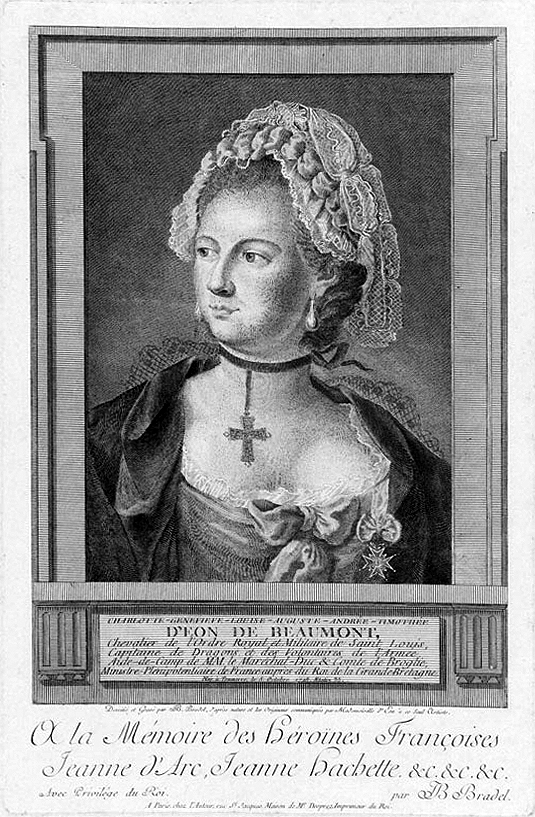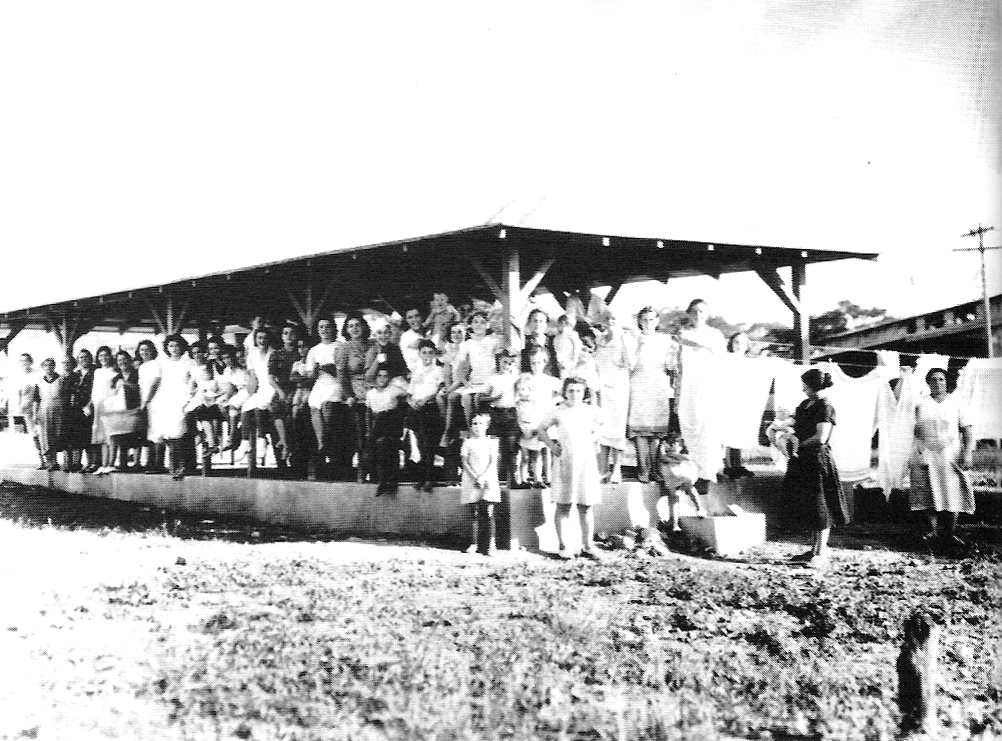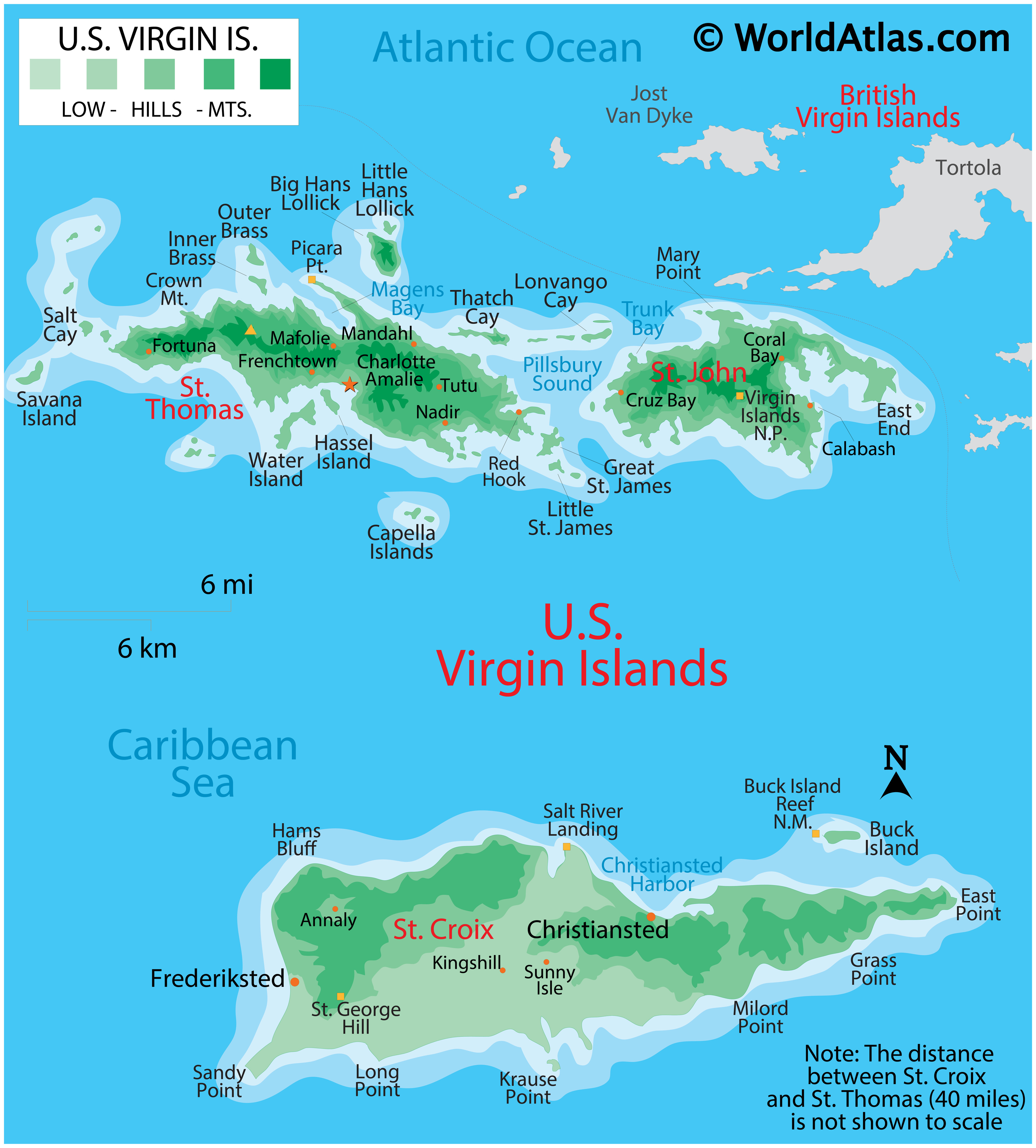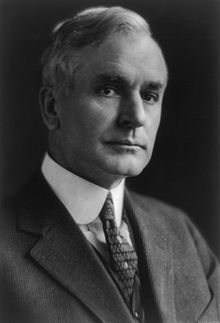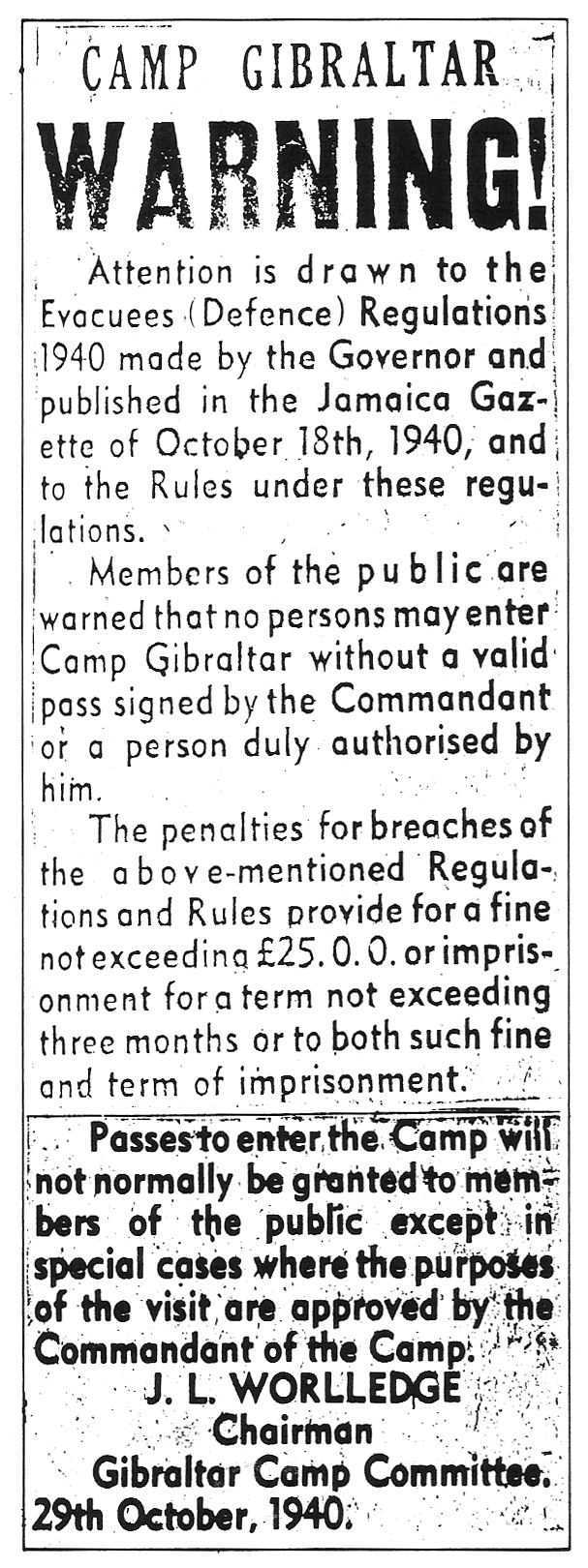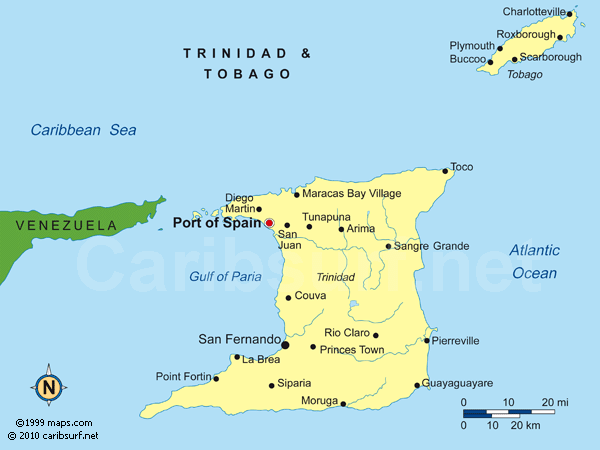The Chevaliere*, or Chevalier, depending on who you ask, d'Eon was one of the most colorful figures of the 18th century. Assigned male at birth, and named Charles Genieveve Louisa Auguste Andre Timothee de Beaumont, the Chevaliere is notable for her service in the french military, for being a spy, and for coming out as a female, and living as Lia de Beaumont in the latter part of her life. She was a free mason, a champion fencer, a lawyer, a decorated war hero, and a celebrated author.
 It was 1755 and, no surprise, the French were scheming. Relations with England were growing uneasy, and King Louis was attempting to put his cousin on the Polish throne. The Russian Empress, Elizabeth, refused to meet with any French ambassadors, and the French government was actively working against itself. It was this environment that the Chevaliere first got her start.
It was 1755 and, no surprise, the French were scheming. Relations with England were growing uneasy, and King Louis was attempting to put his cousin on the Polish throne. The Russian Empress, Elizabeth, refused to meet with any French ambassadors, and the French government was actively working against itself. It was this environment that the Chevaliere first got her start.
The Chevaliere was sent with the French diplomatic mission to Russia under the guise of a lowly secretary. The truth of her mission, however, was much more complex than that. d'Eon was there as part of le Secret du Roi--Louis' secret spy agency that was so secret, most of the French government didn't know about it. At the time of the Chevaliere's service, the group was dedicated to helping Louis put his cousin on the Polish throne, essentially giving France control of Poland. d'Eon's mission was to get the good will of Empress Elizabeth. There was just one problem, the Empress refused to see any of the French diplomats.
So the Chevaliere and the people back in Versailles put their heads together, and came up with a brilliant idea. d'Eon would be disguised as a woman, and infiltrate the court of the Empress that way. The idea was that Empress Elizabeth would be more open to speaking with a female French diplomat. They were absolutely right.
Seven years later the Seven Years War is going poorly for France. d'Eon left Russia to serve as a dragoon in the French army. She was the Secretary to the French ambassador, and she must have been very helpful at the peace talks between France and Britain, because she was later awarded the honor of the Order of St. Louis, which, I have been told, is a big deal.
After being decorated, d'Eon was sent to London to assist the current French ambassador to England, the Comte de Guerchy. Unfortunately, the pair did not get on. d'Eon's overspending, and her insubordination made her a liability, and she was recalled by the French government in 1763.
Had the Chevaliere returned to France as ordered, she most likely would have been thrown in the Bastile or worse. That was an unattractive option for d'Eon, so she decided to blackmail the French government. d'Eon was still a member of le Secret du Roi, and was in possession of certain sensitive information. Since the end of the Seven Years War the French had given up their ambitions in Poland, and were working towards an invasion of England. The Chevaliere threatened to expose the duplicity of the French government if they didn't assign her a pension, and let her live in peace.
The French government was, understandably, a tad uneasy about this arrangement, and were delaying their decisions. To hurry them up, and show that she meant business, the Chevaliere published her first tell-all book, filled with secret correspondence she had received as a spy. She promised that more would follow.
France quickly acquiesced to her demands, and d'Eon became an overnight celebrity. Her book was incredibly popular, but it was the mystery surrounding her gender that really had the English people hooked. See, the Chevaliere continued to dress up in women's clothes, even after quitting the court of Empress Elizabeth. She maintained a sense of mystery about her gender, to the point where people made bets about whether or not she was a boy or a girl. d'Eon herself refused to say.
After fifteen years in England, France reached out an olive branch. d'Eon would be allowed to return home on the condition that she assume the role and appropriate clothing of her gender. the Chevaliere jumped on the opportunity, and went back to France.
However, the transition was difficult for her. She wanted to keep her dragoon's uniform as a symbol of political power, and to maintain the same amount of political influence that she had before. The French government wasn't too keen on this. Several times she was forceably dressed in female clothes, and her political opinions were consistently ignored. She was, essentially pushed to the side, and in 1785 she moved back to England.
d'Eon was able to live off her pension for a while, but in 1789 the French monarchy was abolished, and the Chevaliere was left without a source of income. To support herself, she gave swordsmanship exhibitions, wearing her Cross of St. Louis, and branding herself as an Amazon. The English people welcomed her back with open arms, but as the Chevaliere grew older she grew increasingly more isolated. When an injury made her stop fencing in 1796 she moved into a flat with another old woman, and rarely left her home after.
 After her death it was, of course, discovered that the Chevaliere possessed male genitalia. This news, of course shocked the world. Most people believed the Chevaliere to be female, and there had even been court cases that confirmed this, the most convincing argument being that the Chevaliere said she was female.
After her death it was, of course, discovered that the Chevaliere possessed male genitalia. This news, of course shocked the world. Most people believed the Chevaliere to be female, and there had even been court cases that confirmed this, the most convincing argument being that the Chevaliere said she was female.
And there is a large amount of evidence saying that the Chevaliere truly identified as a woman, and that it wasn't a guise she adopted for social and diplomatic purposes. The Chevaliere experienced a religious awakening in her later life, and affirmed that not only did she believe herself to be a woman, but that God had told her she was a woman.
Historian's today waver about d'Eon's sexuality, but d'Eon knew d'Eon best. If she said she was a woman then she was a woman, and while today's gender politics are very different from gender politics of the past, the fact remains that d'Eon identified as a woman, and that identity should be respected.
Gender identity aside, d'Eon was an amazing woman. She was a talented and capable diplomat, and excellent writer, and a colorful person.
*A note on pronouns: since the Chevaliere maintained that she was a woman for most of her life, I have used feminine pronouns to refer to her here. No one would know the gender of the Chevaliere better than the Chevaliere herself, and on while the Chevaliere hasn't appeared to me in a dream saying that she prefers she/her pronouns, it is reasonable to assume that female pronouns are the appropriate pronouns to use when writing about her.
Sources
Chevalier d'Eon de Beaumont
d'Eon, the Fresh Face
Charles, chevalier d'Eon de Beaumont
The Incredible Chevalier d'Eon, Who Left France as a Male Spy, and Returned a Christian Woman
The Chevalier d'Eon
 It was 1755 and, no surprise, the French were scheming. Relations with England were growing uneasy, and King Louis was attempting to put his cousin on the Polish throne. The Russian Empress, Elizabeth, refused to meet with any French ambassadors, and the French government was actively working against itself. It was this environment that the Chevaliere first got her start.
It was 1755 and, no surprise, the French were scheming. Relations with England were growing uneasy, and King Louis was attempting to put his cousin on the Polish throne. The Russian Empress, Elizabeth, refused to meet with any French ambassadors, and the French government was actively working against itself. It was this environment that the Chevaliere first got her start.The Chevaliere was sent with the French diplomatic mission to Russia under the guise of a lowly secretary. The truth of her mission, however, was much more complex than that. d'Eon was there as part of le Secret du Roi--Louis' secret spy agency that was so secret, most of the French government didn't know about it. At the time of the Chevaliere's service, the group was dedicated to helping Louis put his cousin on the Polish throne, essentially giving France control of Poland. d'Eon's mission was to get the good will of Empress Elizabeth. There was just one problem, the Empress refused to see any of the French diplomats.
So the Chevaliere and the people back in Versailles put their heads together, and came up with a brilliant idea. d'Eon would be disguised as a woman, and infiltrate the court of the Empress that way. The idea was that Empress Elizabeth would be more open to speaking with a female French diplomat. They were absolutely right.
Seven years later the Seven Years War is going poorly for France. d'Eon left Russia to serve as a dragoon in the French army. She was the Secretary to the French ambassador, and she must have been very helpful at the peace talks between France and Britain, because she was later awarded the honor of the Order of St. Louis, which, I have been told, is a big deal.
After being decorated, d'Eon was sent to London to assist the current French ambassador to England, the Comte de Guerchy. Unfortunately, the pair did not get on. d'Eon's overspending, and her insubordination made her a liability, and she was recalled by the French government in 1763.
Had the Chevaliere returned to France as ordered, she most likely would have been thrown in the Bastile or worse. That was an unattractive option for d'Eon, so she decided to blackmail the French government. d'Eon was still a member of le Secret du Roi, and was in possession of certain sensitive information. Since the end of the Seven Years War the French had given up their ambitions in Poland, and were working towards an invasion of England. The Chevaliere threatened to expose the duplicity of the French government if they didn't assign her a pension, and let her live in peace.
The French government was, understandably, a tad uneasy about this arrangement, and were delaying their decisions. To hurry them up, and show that she meant business, the Chevaliere published her first tell-all book, filled with secret correspondence she had received as a spy. She promised that more would follow.
France quickly acquiesced to her demands, and d'Eon became an overnight celebrity. Her book was incredibly popular, but it was the mystery surrounding her gender that really had the English people hooked. See, the Chevaliere continued to dress up in women's clothes, even after quitting the court of Empress Elizabeth. She maintained a sense of mystery about her gender, to the point where people made bets about whether or not she was a boy or a girl. d'Eon herself refused to say.
After fifteen years in England, France reached out an olive branch. d'Eon would be allowed to return home on the condition that she assume the role and appropriate clothing of her gender. the Chevaliere jumped on the opportunity, and went back to France.
However, the transition was difficult for her. She wanted to keep her dragoon's uniform as a symbol of political power, and to maintain the same amount of political influence that she had before. The French government wasn't too keen on this. Several times she was forceably dressed in female clothes, and her political opinions were consistently ignored. She was, essentially pushed to the side, and in 1785 she moved back to England.
d'Eon was able to live off her pension for a while, but in 1789 the French monarchy was abolished, and the Chevaliere was left without a source of income. To support herself, she gave swordsmanship exhibitions, wearing her Cross of St. Louis, and branding herself as an Amazon. The English people welcomed her back with open arms, but as the Chevaliere grew older she grew increasingly more isolated. When an injury made her stop fencing in 1796 she moved into a flat with another old woman, and rarely left her home after.
 After her death it was, of course, discovered that the Chevaliere possessed male genitalia. This news, of course shocked the world. Most people believed the Chevaliere to be female, and there had even been court cases that confirmed this, the most convincing argument being that the Chevaliere said she was female.
After her death it was, of course, discovered that the Chevaliere possessed male genitalia. This news, of course shocked the world. Most people believed the Chevaliere to be female, and there had even been court cases that confirmed this, the most convincing argument being that the Chevaliere said she was female.And there is a large amount of evidence saying that the Chevaliere truly identified as a woman, and that it wasn't a guise she adopted for social and diplomatic purposes. The Chevaliere experienced a religious awakening in her later life, and affirmed that not only did she believe herself to be a woman, but that God had told her she was a woman.
Historian's today waver about d'Eon's sexuality, but d'Eon knew d'Eon best. If she said she was a woman then she was a woman, and while today's gender politics are very different from gender politics of the past, the fact remains that d'Eon identified as a woman, and that identity should be respected.
Gender identity aside, d'Eon was an amazing woman. She was a talented and capable diplomat, and excellent writer, and a colorful person.
*A note on pronouns: since the Chevaliere maintained that she was a woman for most of her life, I have used feminine pronouns to refer to her here. No one would know the gender of the Chevaliere better than the Chevaliere herself, and on while the Chevaliere hasn't appeared to me in a dream saying that she prefers she/her pronouns, it is reasonable to assume that female pronouns are the appropriate pronouns to use when writing about her.
Chevalier d'Eon de Beaumont
d'Eon, the Fresh Face
Charles, chevalier d'Eon de Beaumont
The Incredible Chevalier d'Eon, Who Left France as a Male Spy, and Returned a Christian Woman
The Chevalier d'Eon

